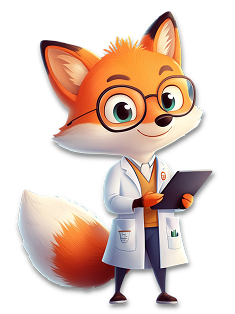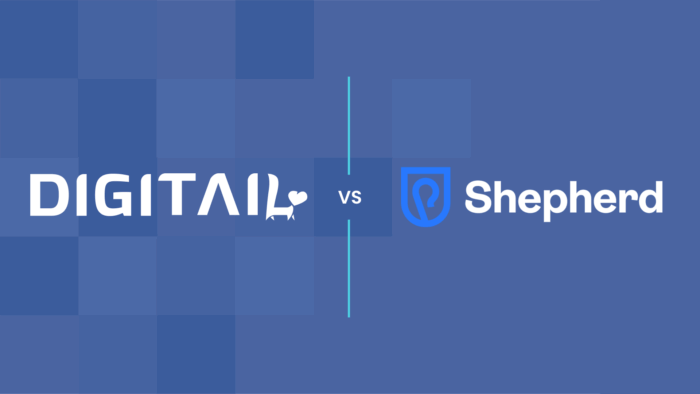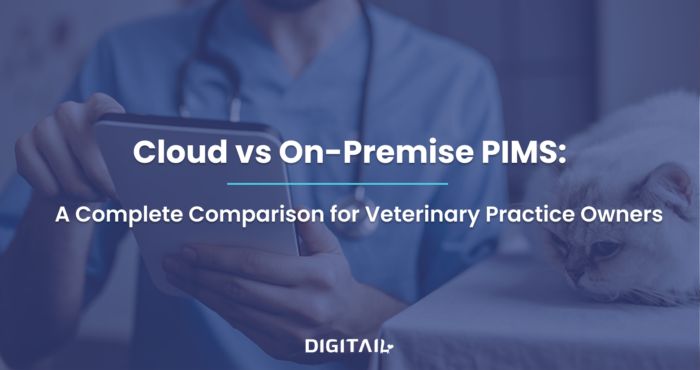
AI Unleashes Veterinary Fluency: Translating Care Across Cultures
Written by Dr. William Tancredi
“The difference between the right word and almost the right word is the difference between lightning and lightning bug.” -Mark Twain
I think I speak English reasonably well. It’s my native language, and I had the good fortune of a good education. While I take some liberties with grammar rules and may sometimes seem surprisingly facile with the felicity of four-letter expressions, I think I mostly get my point across.
The Language Barrier in Veterinary Care

I speak Spanish poorly. “Muy mal.”
My French is of no value whatsoever.
I don’t have the opportunity to use Spanish very often, and my vocabulary atrophies rapidly. As a consequence, when the opportunity arises with a need to speak Spanish, I am often found wanting.
That lack of ability is an inconvenience when I’m asking for directions but a potential disaster when I’m trying to communicate a pet’s medical needs to owners whose English is as bad or worse than my Spanish. Client communication is vital to the practice of medicine. Our job is never done when the patient leaves the office so clearly and effectively, expressing the ongoing needs for care and monitoring, and so communication is crucial.
The Limitations of Traditional Translation
So what happens if you don’t speak the client’s language and they don’t speak yours?
You could bumble through elementary Spanish, like I have, quickly paging through an English-to-Spanish medical dictionary, but it’s no bueno. It’s just not effective when trying to get the finer points of medicine from one person to another. “Good enough” isn’t good enough when it falls short, and it often falls short even with a dictionary translation.
For example, in English, you might use the word “exam” to be short for a “physical examination,” but to say “examen” in Spanish leaves ambiguity as to what sort of examination. Written? Oral? Physical? Such ambiguity is how a confused client’s son came to call me asking why his mother needed to take a test when she brought her dog to the vet.
The term is “examen físico.” Apparently.
Bridging the Gap with AI
While that’s a funny story, I can’t help but think about how it was a barrier to veterinary care. Despite hours and hours studying a new language in order to communicate with clients who don’t speak my language, the difference seemingly as small as the difference between Twain’s “lightning” and “lightning bug” could have proven to be something that stopped this person from pursuing care. That’s a problem I want to fix. It’s why I sought to learn another language in the first place. But now, my poor second language skills might not matter very much. Now, there’s this AI technology that can translate communications into a variety of natural languages. An amazing 95 at the time of this writing. I’m not sure I could name 95 languages.

And the amazing thing isn’t that it can translate, computer translators have been around for years, it’s that it can translate and maintain meaning and tone. If your spoken word is heavy with colorful idioms and colloquial metaphors, it can often turn wooden and clumsy when you lack the vocabulary for idiomatic translation – and now there’s one built into my PIMS.
The expression of an idea is thankfully not limited to the precise dictionary meaning of the words, but to translate that meaning takes an understanding beyond the literal. That isn’t just a nifty piece of software engineering; it’s one that can elevate the caliber of medicine we practice for our patients.
The Future Is Here: “Tails”
Removing the language barrier is just the beginning. What if that same software can remove the education barrier too? And facilitate deeper connection in the doing. You can ask it to explain chronic kidney disease to a fifth grader, a heart murmur to an attorney, or vestibular disease to a mechanic. It can explain the importance of tapering prednisone to a Vietnamese airline pilot. It can extend analogies and metaphors to make the complexities of medicine more accessible in order to facilitate not just understanding but compliance.




Arthur C. Clarke wrote that any sufficiently advanced technology is indistinguishable from magic. And this a feel of magic to it, something we don’t quite understand but works marvelously well. It’s such a leap forward in the capacity of PIMS that it’s hard to believe. But it’s there, and even as the technology moves from novelty to ubiquity it’s hard not to regard it as a marvel. A tremendous leap forward in the quality of communication is now so widely accessible that failing to use it would be a disservice to our clients.
And it’s built-in to Digitail. It’s called “Tails” and that’s just the tip of the iceberg of what it can do.
Use AI technology to advance the way you practice and deliver care
Your ultimate AI-Powered Veterinary Assistant built right into your practice management software!




